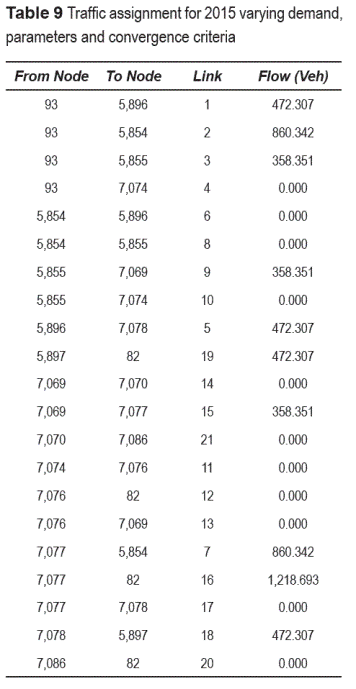Optimality Theory Alpha &
In, optimality models are a tool used to evaluate the costs and benefits of different organismal features, traits, and characteristics, including behavior, in the natural world. This evaluation allows researchers to make predictions about an organisms's optimal behavior or other aspects of its. Optimality modeling is the modeling aspect of. It allows for the calculation and visualization of the costs and benefits that influence the outcome of a decision, and contributes to an understanding of adaptations. The approach based on optimality models in biology is sometimes called optimality theory. Bluedio Av 890 Settings. Optimal behavior is defined as an action that maximizes the difference between the costs and benefits of that decision.
Remarks on phonological opacity in Optimality Theory John J. McCarthy, John J., 'Remarks on phonological opacity in Optimality Theory' (1996). Optimality theory in linguistics is the theory that surface forms of language reflect resolutions of conflicts between competing constraints. 1 Optimality Theory in Phonology Alan Prince and Paul Smolensky 1. Architecture GENERATIVE PHONOLOGY [q.v.] aims to construct a predictive theory of natural language. Introduction to Optimality Theory, p. Doom 2 Full Game Download Mac on this page. 1 Notes on Optimality Theory Ethology & Behavioral Ecology Summary: These notes explain the procedures and assumptions behind a.
Three primary variables are used in optimality models of behavior: decisions, currency, and constraints. Decision involves evolutionary considerations of the costs and benefits of their actions. Currency is defined as the variable that is intended to be maximized (ex. Food per unit of energy expenditure). It is the driving factor behind an action and usually involves food or other items essential to an organism's survival. Constraints refer to the limitations placed on behavior, such as time and energy used to conduct that behavior, or possibly limitations inherent to their abilities.


Optimality models are used to predict optimal behavior (ex. Time spent foraging). To make predictions about optimal behavior, cost-benefit graphs are used to visualize the optimality model (see Fig 1).
Optimality occurs at the point in which the difference between benefits and costs for obtaining a currency via a particular behavior is maximized. Contents • • • • • • • Construction [ ] To construct an optimality model, the behavior must first be clearly defined. Kudos 2 Torrent Full. Then, descriptions of how the costs and benefits vary with the way the behavior is performed must be obtained. Examples of benefits and costs include direct fitness measures like offspring produced, change in lifespan, time spent or gained, or energy spent and gained.
Each time an organism displays a certain behavior, it must weigh the costs and benefits to make a decision. For example, given X amount of time traveling, after catching one bug, would it be better for a bird to continue foraging or to quickly return to its nest to feed chicks? Better understanding of the relationships between the values in a model leads to better predictions of organism behavior. To determine the optimum time spent on a behavior, one can make a graph showing how benefits and costs change with behavior. Optimality is defined as the point where the difference between benefits and costs for a behavior is maximized, which can be done by graphing the benefits and costs on the y-axis and a measure of the behavior on the x-axis. A currency must also be identified.